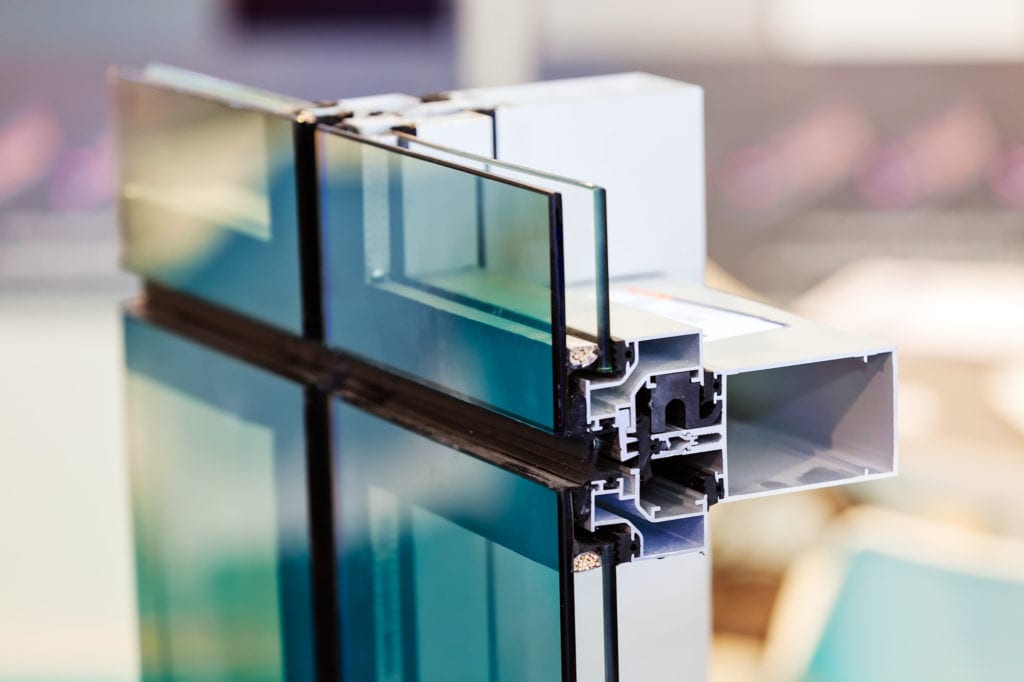All Categories
Featured
Table of Contents
Carnegie 3163, Vic. Amazing Service By Aps Double Glazing in Mt Richon Western Australia
That window can transmit more solar heat in winter than in summer season. A west-facing window on a summer season's afternoon has an angle of occurrence from near 0 up to 30 with a large effective location of solar radiation. A north-facing window, in summer season, has a high angle of occurrence and a low efficient location of solar radiation, so can transfer less heat than a west-facing one.

You can quickly and quickly improve the thermal performance of your house by replacing your windows. There are thousands of types of glass and frames to select from.
Double Glazed Windows And Doors In Perth in Bull Creek Western Australia
There are many different types of glass products to pick from. Single glazing utilizes a single pane of glass. Single glazing with clear glass is not very effective when it comes to heat loss or gain. To enhance efficiency, you can use single glazing with a more energy-efficient type of glass such as low emissivity (low-e) glass.
The energy performance of IGUs also depends on: the homes of each layer of glass. Different glass types (for example, clear and low-e glass) can be put together in an IGU.
Improve Your Home's Energy Efficiency With Double Glazing in Mount Hawthorn WA

IGU cavities can be filled with air or a more inert, low-conductivity gas such as argon the width of the cavity. Cavity thickness is generally 6 to 18mm. Larger cavities supply lower (better) U worths, with 12mm usually accepted as the favored gap how well the cavity is sealed. Cavities need to be dry and well sealed to prevent moisture getting in.
If argon is set up to the cavity in location of air, wetness is dependably left out the level of desiccant (drying representative). The spacer (metal or polymer strip) that separates the glass layers contains a desiccant to absorb any wetness. Insufficient desiccant might cause wetness to condense on the glass surface area in cold conditions, reducing thermal efficiency.
Is Double Glazing Worth It? in Northbridge Western Australia
IGUs can provide better energy efficiency for all environments, specifically in heated and air-conditioned houses. Cross-section detail of single, double and triple-glazing systems Low emissivity glass (frequently referred to as low-e glass) reduces heat transfer. Low-e glass might be either high or low transmission: High transmission low-e glass has a covering that permits daylight from the sun to pass into your home to achieve excellent solar heat gain, but reduces the amount of the long wavelength infrared heat that can get away back through the window.
Low-e glass has either a pyrolytic coating or a vacuum-deposited thin film metal coating. Pyrolytic finishes are durable and can be utilized for any glazing; vacuum-deposited finishings are soft and are only utilized within IGUs. Low-e finishes can considerably enhance both U value and SHGC; however, they need to be utilized properly or they will either deteriorate or stop working to carry out as required.
Single Glazed Vs Double Glazed Windows - Ultimate Guide in Hamilton Hill Perth
Low-e coverings can be utilized in mix with clear, toned or reflective glass. Low-e finishes on glazing can decrease heat transfer where needed Photo: Department of Industry, Science, Energy and Resources Toned glass has actually colouring ingredients consisted of during manufacture. It is offered in numerous colours, normally bronze, grey, blue and green.
Table of Contents
Latest Posts
Benefits Of Having Double Glazing Windows In The Summer in Westfield Western Australia
Does Double Glazing Have A Vacuum? in Greenmount WA
The Science Behind Double Glazed Windows in Kenwick Perth
More
Latest Posts
Benefits Of Having Double Glazing Windows In The Summer in Westfield Western Australia
Does Double Glazing Have A Vacuum? in Greenmount WA
The Science Behind Double Glazed Windows in Kenwick Perth